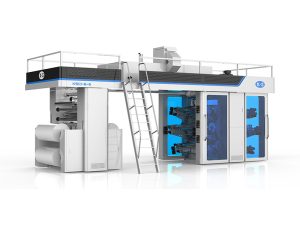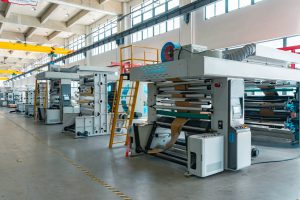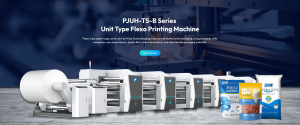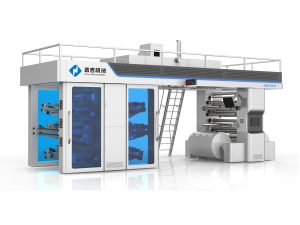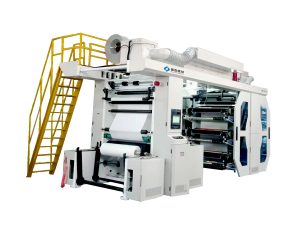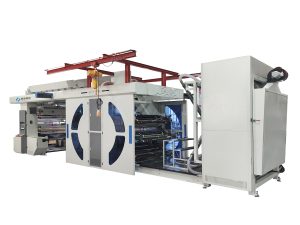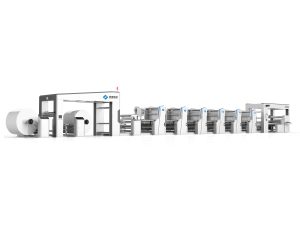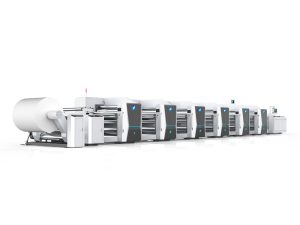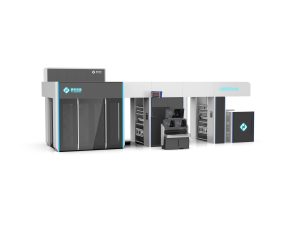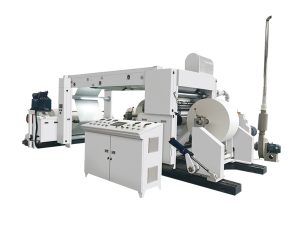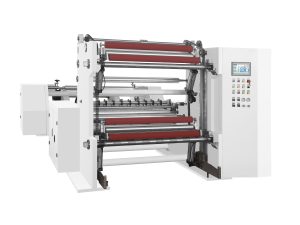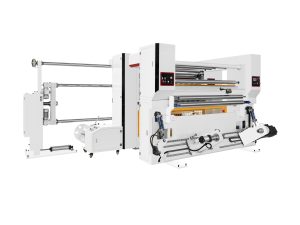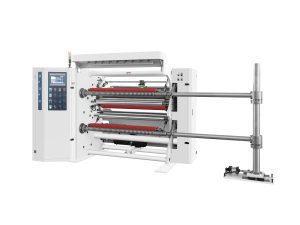In today’s fast-paced manufacturing world, precision and customization are everything. That’s where slitting machines come in.
A slitting machine is a vital piece of converting equipment used to cut wide rolls of material (also known as master rolls) into narrower rolls with exact widths. This process—known as the slitting machine process—is essential across industries such as packaging, automotive, printing, and metals.
Whether you’re a manufacturer sourcing slitting services or a technician working the floor as a slitter operator, understanding how slitting machines work can help improve productivity and output quality.
This guide explores:
- How slitting machines operate
- Key components of the slitting line process
- Types of slitting methods
- Challenges and quality control
- The role of the slitter and operator
- Trends shaping the future of slitting
Table of Contents
Toggle1.What is the Slitting Machine Process
1.1 Definition
A slitting machine—or slitter/slitting line—is equipment that converts a wide parent roll into multiple narrow rolls using blades or cutting heads, optimizing material use and meeting specific width requirements.
1.2 Types of Materials Processed
Materials that benefit from slitting include:
- Paper & film: thermal & flexible packaging
- Foil & metals: aluminum, copper, steel coils
- Plastic & non-wovens: PVC, BOPP, nylon
- Textiles & foam: automotive, electrical insulation applications
2.Components of a Slitting Machine
- Unwind Unit:Holds master roll and regulates tension to keep web consistent
- Slitting Section:Features blade types—razor, shear, score/crush, hot-knife, or ultrasonic, depending on material and edge quality needs
- Rewind Unit:Collects slit rolls with precise tension control using differential shafts and load cells
Each component works in tandem to ensure clean cuts, consistent tension, and uniform roll widths.
3.Types of Slitting Methods
There are three main slitting techniques used depending on material type and precision needs:
| Method | Best For | Blade Type | Pros / Cons |
| Razor Slitting | Thin plastic films | Razor blades | Clean cut, low cost / Wears quickly |
| Shear Slitting | Paper, foil, laminates | Circular rotary blades | Clean, accurate / Needs careful setup |
| Score Slitting | Heavy/thick materials | Blunt blade and groove | Works on rigid layers / May crush delicate films |
4.Understanding the Slitting Line Process
The process flow:
- Unwinding: parent roll with controlled tension
- Web guiding: through edge-guiders and tension dancers
- Slitting: via correctly spaced blades
- Trim collection: removing scrap edges
- Rewinding: slit reels with precise tension, optionally with real-time inspection
【Slitting Line Process Flow】
5.Role of the Slitter and Slitter Operator
5.1 Slitter Defined
A slitter: A slitter refers to either the machine itself or the technician operating it.
5.2 Operator Responsibilities
- Set up blade spacing and angle
- Load and align master rolls
- Monitor slit quality and tension
- Conduct machine maintenance
- Manage waste and edge trims
5.3 Importance of Training
Operators need deep technical know-how. ASHE emphasizes automated setups (e.g., knife positioning, core detection) to reduce manual error. Consistent output demands strong training.
“A skilled slitter operator can improve throughput and reduce waste by over 15%.”
6.Applications of Slitting Services
Slitting machines play a vital role across industries:
- Packaging: films, labels, adhesive tapes
- Electrical: copper/aluminum foils, insulation materials
- Automotive: foam, fabrics, composites
- Industrial Metals: steel or aluminum coil slitting in metalworking
7.Challenges and Quality Control in Slitting
While slitting may seem straightforward, quality depends on several controlled factors.
Common Issues:
- Telescoping rolls due to uneven tension
- Wrinkles from poor web alignment
- Frayed edges from dull blades
- Inconsistent width from improper setup
Solutions:
- Regular blade maintenance
- Automatic tension control systems
- Inline edge detectors and sensors
8.Future Trends in Slitting Technology
Emerging technologies are transforming the slitting machine landscape:
- AI and Vision Systems– Real-time defect detection
- IoT Sensors – Predictive blade wear and tension tracking
- Fully Automated Slitting Lines – Reduce labor, improve uptime
- Eco-Friendly Converting – Less waste, energy-saving motors
Here’s the Recap
The slitting machine process is the backbone of many modern manufacturing operations. Whether you’re cutting film, foil, or steel coils, the success of your output depends on precise machinery, skilled slitter operators, and reliable slitting services.
By understanding the slitting line process and its components, your team can reduce waste, boost speed, and maintain product consistency across production runs.
If you’re considering upgrading your slitting capabilities, we offer custom-engineered slitter rewinders with tailored automation to drive efficiency in your slitting services. Contact us to explore how we can optimize your slitting line process.


